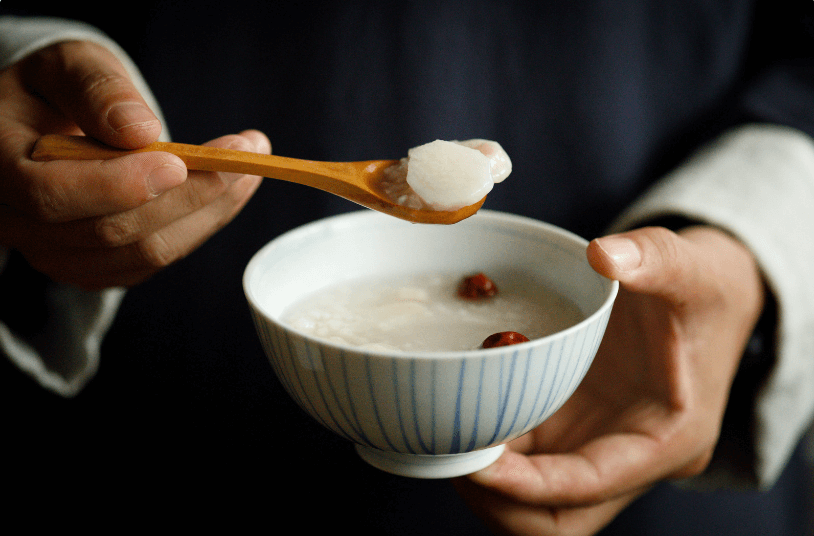
Chinese yam
Share

Common Name Chinese yam,Cinnamon vine,Nagaimo,Jinenjo,Korean yam
Family Name Dioscoreaceae
Parts Used Tubers,Rhizome
Herbal Actions Tonifying, Nourishing, Anti-diarrheal, Mucilaginous
Health Benefits Digestive Support, Respiratory Support, Kidney Health, Energy Boosting
What are the Benefits of Chinese yam?
Creamy, earthy Chinese yam has been cherished for millennia throughout Asia and in Traditional Chinese Medicine (TCM) as a restorative tonic for the spleen, stomach, lungs, and kidneys. Energetically, this tuber is regarded as a yang booster with a sweet flavor and gentle properties. It's a staple in TCM for promoting longevity and enhancing vitality.
Rich in mucilage and allantoin, Chinese yam acts as a demulcent and an emollient, soothing and nourishing tissues while supporting overall health by bolstering the body’s defensive mechanisms.* Known for its role as a "nourishing superfood," this versatile root contains vitamins B, C, and E, fiber, potassium, and magnesium. It is traditionally incorporated into daily Chinese cuisine beyond herbal concoctions, utilized in dishes such as stir-fries, soups, steamed recipes, and medicinal porridges, enhancing both the nutritional value and the healing qualities of meals.
Historical Use of Chinese yam
Chinese yam holds a significant place among various Asian communities, revered not only for its medicinal properties but also for its cultural symbolism. The Daoists, who pursue harmony with nature, consider Chinese yam as essential for balancing yin and yang in the body and achieving longevity. Historical texts like "The Classic of Herbal Medicine" by Shennong, one of the legendary founders of Chinese medicine, cite Chinese yam as a top-grade medicinal herb that promotes vitality and prevents fatigue.
This tuber is also incorporated into traditional rituals and culinary practices. In rural China, it is customary to consume dishes made with Chinese yam during certain festivals to ensure health and prosperity for the coming year. Moreover, Chinese yam is traditionally used in the preparation of special medicinal porridges and soups, which are served to strengthen the body, particularly during the cold months or recovery periods.
The use of Chinese yam extends to agricultural practices as well, where it is cultivated with specific rituals believed to enhance its potency and yield. This integration of Chinese yam into both daily life and spiritual practices underscores its enduring value and multifaceted role in historical and contemporary Asian societies.
Botanical Description & Habitat
Chinese yam, scientifically known as Dioscorea polystachya, is a perennial climbing vine notable for its heart-shaped leaves and twining growth habit. The plant can reach lengths of several meters, depending on supporting structures. It produces small, white flowers during the late summer, which are often unnoticed due to their size and location among the foliage. The most distinctive feature of Chinese yam is its long, cylindrical tubers that grow underground. These tubers are usually creamy white inside and have a bark-like skin on the outside.
Chinese yam is native to China but has been widely cultivated in East Asia, including in Japan and Korea, and has also been introduced to parts of North America. It thrives in a variety of soil types but prefers well-drained, fertile soil. The plant is quite adaptable and can grow in both full sun and partial shade. In terms of climate, Chinese yam is hardy and can withstand a range of temperate conditions but is predominantly found in areas that offer a moderate climate with distinct seasonal changes.
This adaptability makes it an excellent crop for a variety of agricultural settings, and its ability to grow in diverse environments has contributed to its widespread cultivation and use in traditional medicine and cooking across its native and introduced ranges.
